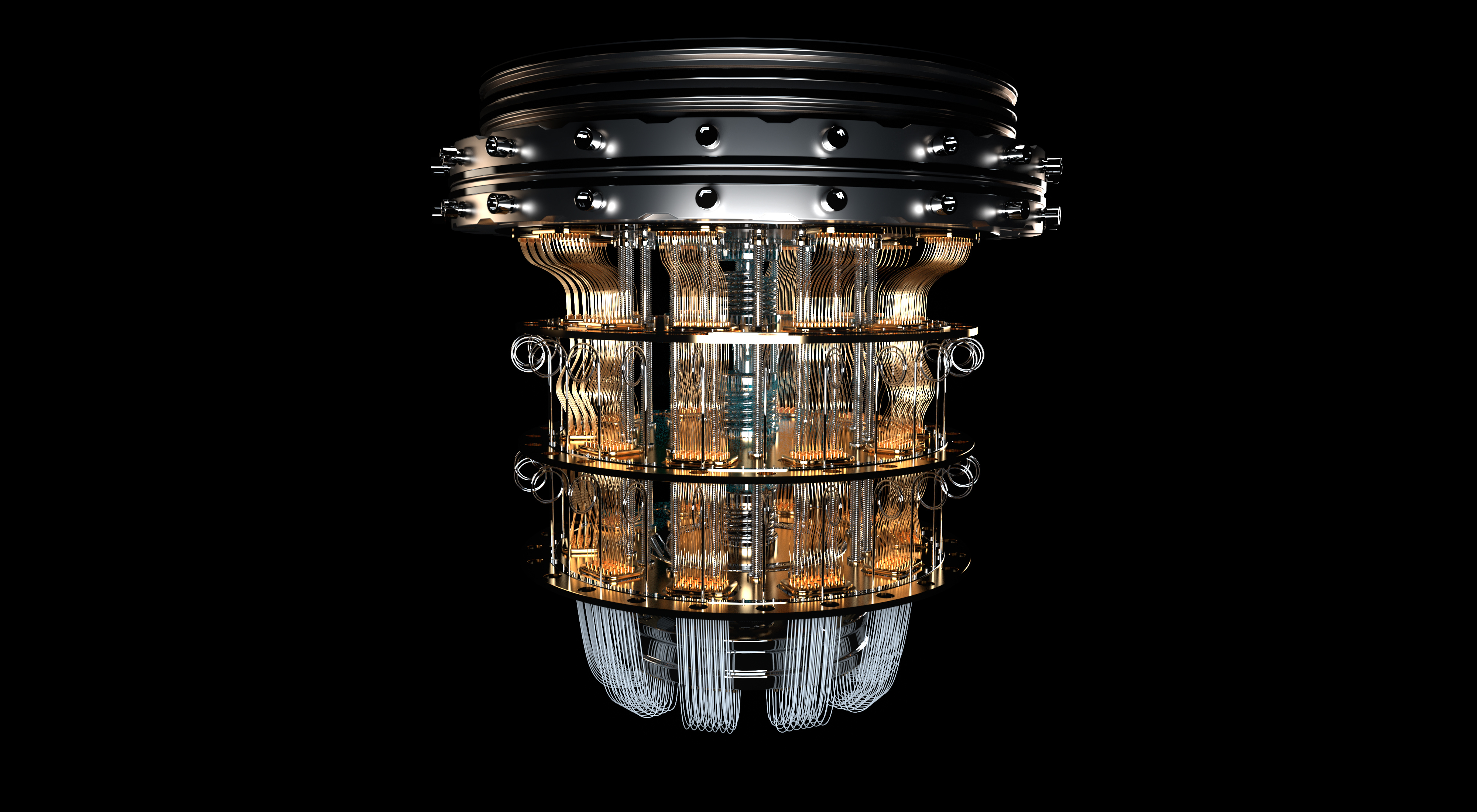
In the great city of Ankh-Morpork-well, metaphorically speaking-the Guild of Alchemists and Venture Capitalists has turned its attention to a new kind of alchemy. Quantum computing, they whisper, is the philosopher’s stone of our age, capable of turning silicon into gold (or at least stock options). But as with all things magical-or quasi-magical-there are risks. And where there are risks, there are also opportunities for those brave enough or foolish enough to seize them.
The quantum computing race resembles nothing so much as two wizards trying to outdo each other in summoning entities from alternate dimensions. One wizard uses trapped ions; the other prefers superconducting qubits. Both insist their method will bring forth not just answers but *the* Answer. Meanwhile, investors stand on the sidelines, clutching their portfolios like talismans against uncertainty.
Among these modern-day thaumaturges, two names have risen above the rest: D-Wave Quantum (QBTS) and IonQ (IONQ). Each promises riches beyond imagining if their spells work-and abject ruin if they don’t. It’s an investment landscape that would make even the most seasoned members of the Unseen University of Coders raise an eyebrow.
Different Paths Through the Multiverse
To understand the rivalry between D-Wave and IonQ, one must first grasp the peculiar nature of qubits. Unlike classical bits, which are either 0 or 1, qubits exist in states best described by mathematics that looks suspiciously like it was invented during a particularly bad hangover[1]. These qubits can be created using various arcane methods, including superconducting circuits, trapped ions, photons, and something ominously referred to as “neutral atoms.”
IonQ, true to its name, employs the trapped ion method. Imagine capturing tiny charged particles in invisible electromagnetic cages, then tickling them until they reveal secrets about the universe. This approach boasts remarkable accuracy-a critical factor when dealing with quantum systems prone to behaving like mischievous imps. Moreover, trapped ion systems operate comfortably at room temperature, saving investors the cost of building refrigerators colder than interstellar space[2].
D-Wave, on the other hand, takes a different tack known as quantum annealing. Think of this as gently nudging a boulder down a hill until it settles in the lowest possible spot. While excellent for solving optimization problems, this technique may struggle with more general-purpose tasks. Still, D-Wave has already sold machines to eager customers, proving that sometimes you don’t need perfection-you just need something shiny enough to sell.
Both companies march forward with the grim determination of heroes heading toward destiny-or doom. Only time will tell whether their chosen paths lead to enlightenment or merely another dead end in the labyrinth of technology.
A Diversified Portfolio Against Cosmic Uncertainty
Given the current state of affairs, wise investors might consider adopting a strategy akin to packing supplies for a journey through treacherous terrain. Buy shares in both D-Wave and IonQ, certainly-but why stop there? Add a third company to your basket, perhaps one dabbling in superconducting qubits without the annealing twist. After all, nearly every major player in the tech realm-from Microsoft to IBM to Alphabet-has hitched its wagon to this particular star.
By spreading your investments across multiple approaches, you increase your chances of backing a winner-or several winners, since history suggests the quantum future may well accommodate more than one victor. Most predictions place the advent of commercially viable quantum computing around the year 2030, though D-Wave and IonQ already offer units for sale today. Whether these early models are precursors to greatness or mere curiosities remains to be seen.
As always, caution is advised. Investing heavily in pure-play quantum stocks is akin to betting your life savings on a dragon egg hatching into a friendly dragon rather than a fire-breathing menace. Limit your exposure to no more than 1% of your portfolio per stock. D-Wave Quantum and IonQ may yet prove to be winning bets, but remember: fortune favors the cautious, not the reckless[3].
And so, dear reader, as we navigate this strange and wondrous intersection of science, finance, and sheer human audacity, let us do so with hope tempered by wisdom-and perhaps a touch of humor. For in the end, isn’t that what makes the journey worthwhile? 🧙♂️
Footnotes
[1] To wit: complex probability amplitudes, which sound impressive until you realize nobody truly understands what they mean.
[2] Ultra-cold environments require cryogenic equipment, which costs roughly as much as hiring a necromancer to resurrect your cat.
[3] Fortune, being notoriously fickle, often favors no one at all.
Read More
- Broadcom’s Quiet Challenge to Nvidia’s AI Empire
- Gold Rate Forecast
- METH PREDICTION. METH cryptocurrency
- How to Do Sculptor Without a Future in KCD2 – Get 3 Sculptor’s Things
- Trump Ends Shutdown-And the Drama! 🎭💸 (Spoiler: No One Wins)
- Investing Dividends: A Contemporary Approach to Timeless Principles
- South Korea’s KRW1 Stablecoin Shocks the Financial World: A Game-Changer?
- Shiba Inu’s Netflow Drama: Bulls, Bears, and 147 Trillion SHIB
- Ether’s Future: 4 Things That Could Make or Break Its Bullish Comeback in 2025
- Hedera’s Latest Move: WBTC Joins the DeFi Party, Let the Bitcoin Liquidity Games Begin!
2025-08-15 12:44